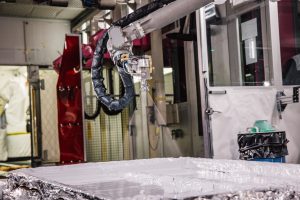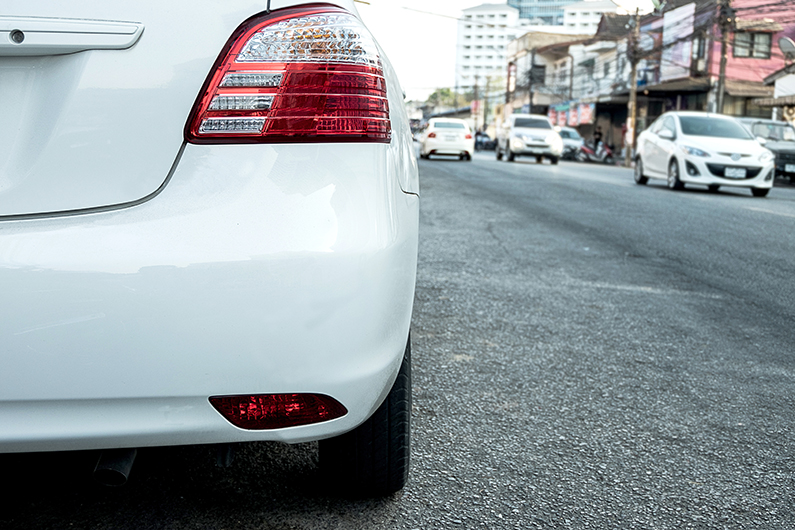More news
- Focus on the global coatings market: Global coatings market outlook
- View from the UK: Navigating chemical policy and sustainability
- Focus on adhesives: Unveiling unbreakable bonds – Testing redefines physical strengt...
- Focus on adhesives: Henkel and Covestro collaborate for sustainability of engineered wood ...
- Advances in construction chemical technology: What’s new in 2024?

Shuang Ma, PPG Global Platform Leader, Automotive Coatings, highlights the importance of coatings in dealing with thermal runaway events
For years, the automotive industry has been undergoing a huge shift to battery electric vehicles (EV), with promises of cleaner and greener transportation. However, amidst the breakthroughs and innovations, there is a pressing concern regarding passengers’ safety – thermal runaway events that cause batteries to catch fire.
The problem was highlighted recently when a thermal runaway event on the cargo ship Felicity Ace led to a fire that engulfed multiple EVs on board. Such incidents have raised questions about the safety of electric vehicles, and as the world shifts towards a future dominated by electric mobility, addressing these concerns is becoming paramount for both manufacturers and consumers.
Thermal runaway incidents not only put the lives of passengers at risk but also pose challenges for emergency responders, who may have limited experience dealing with EV fires. Additionally, the public perception of EVs has been negatively affected by these incidents, hampering the widespread adoption of cleaner and more sustainable transportation.

Caption: BFP spraying at Ingersheim Germany
Recognising the urgency of addressing these incidents, regulatory bodies worldwide are taking steps to improve the safety of electric vehicles. Such regulations are becoming ever more important due to increasing battery pack energy density, which helps to prolong the driving range of EVs.
The recently introduced GB 38031-2020 standard in China requires that any battery packs used in the country should be able to withstand at least five minutes of battery thermal runaway without any fire leaking out. This standard is also being adopted in other regions of the world.
Traditional fire protection systems involve materials such as mica sheets, fire blankets, aerogel or other materials that are glued or otherwise attached to the battery lid or tray. Although these are cost-effective, they are often difficult to integrate into automation processes and are bulkier and less durable compared to coating solutions.
READ MORE:
Interest in intumescent
Recently, there has been growing interest in the use of intumescent passive fire protection coatings, which intumesce – or expand – when heated to 200-300C, forming a thermal barrier that contains the heat or fire within the battery pack.
PPG has emerged as a leader in this sector with its CORACHAR™ and CORAGUARD™ battery fire protection coatings. This technology is designed not only to protect electric vehicle passengers but also to provide burn-through protection (e.g. battery lid/cover/tray), significantly reducing the risks associated with thermal runaway incidents.
PPG’s battery fire protection coatings are highly conformable, allowing them to fit any type of battery pack design, a crucial advantage as packs become more complex. They have a proven record of mass-scale automated spray application and can withstand the most critical aging tests in automotive industry.
They provide additional benefits by reducing the weight and space in the battery pack compared to competing technologies and thus allow for maximised energy density. With only 0.6mm film thickness, the coating can withstand 1,200C high-pressure fire for more than 30min while keeping the temperature of the substrate under 400C. The coatings are manufactured with 100% solids and are solvent-free, providing a sustainability benefit to customers.
As the EV market continues to grow, the importance of addressing thermal runaway incidents cannot be overstated. By working closely with regulators and manufacturers, PPG aims to establish its coatings as the industry standard for protecting against the effects thermal runaway incidents. The company’s commitment to developing state-of-the-art protective coatings and partnering with industry stakeholders are crucial steps towards achieving a safer EV future.







